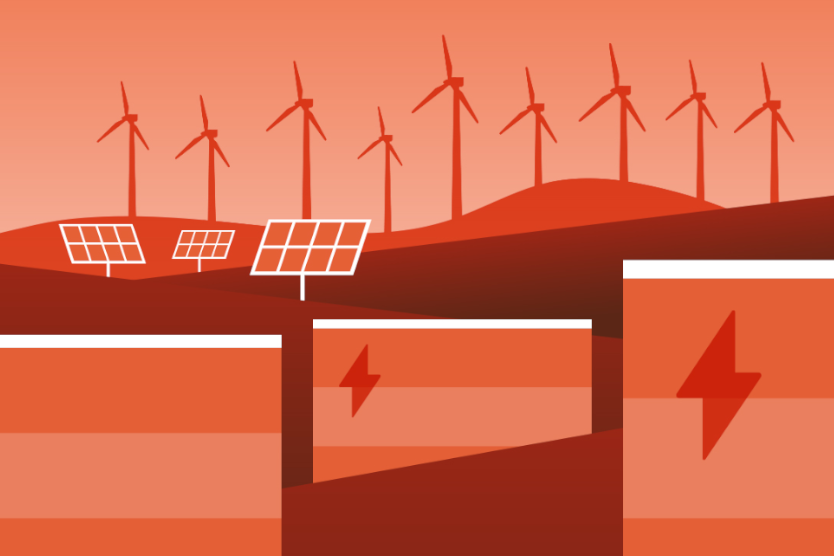
The Bad Lauchstädt Energy Park aims to demonstrate how green hydrogen can be produced, stored and utilised across the value chain to make the chemical industry more sustainable.
In order for hydrogen to become economically viable for industrial use, a number of hurdles first have to be overcome. The Bad Lauchstädt Energy Park, a “real laboratory of energy transition”, aims to demonstrate how green hydrogen (H2) can be produced, stored and utilised across the value chain to make the chemical industry more sustainable.
At the beginning of the chain, a 40 MW wind farm is being built in the direct vicinity of an H2 electrolysis plant – the two energy hubs will form their own area network. The 30 MW H2 plant will initially produce 27 million cubic metres of the gas a year but will expand to 200 million cubic metres after 2030. The gas will be stored in large underground salt caverns close to the site that are already used for natural gas storage.
It will then be transported using existing modified pipelines to the Leuna Chemical Park, in the middle of Central Germany’s chemical triangle, where the H2 will be used both as an energy carrier and as a raw material in chemical production. The project will design business models for H2 products in the sector, as well as for electromobility and power generation, to support the industry towards becoming self-sustaining from 2030 onwards.
Bad Lauchstädt Energy Park will also serve as a blueprint for structural change in the region, which is still heavily dependent upon its open-cast lignite mining industry, and for other states in Germany and beyond. "We are already noticing that [it] has great international appeal…The basic question is how the structural change towards a sustainable industry and the preservation of value creation, economic power and jobs can succeed. This is a major challenge that many regions around the world are currently facing," says project manager Cornelia Müller-Pagel from VNG AG, the company coordinating the project, on the BMWi’s Energiesystem-Forschung website.


